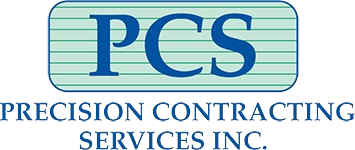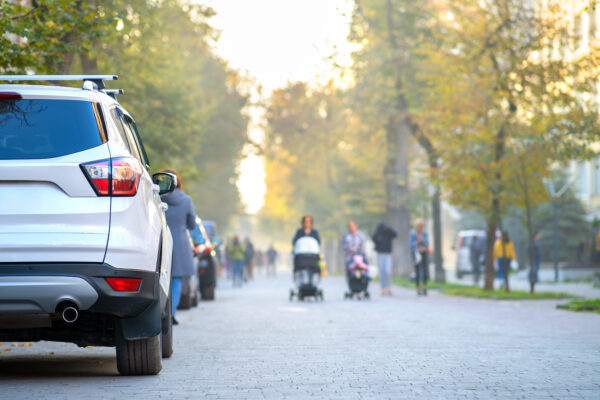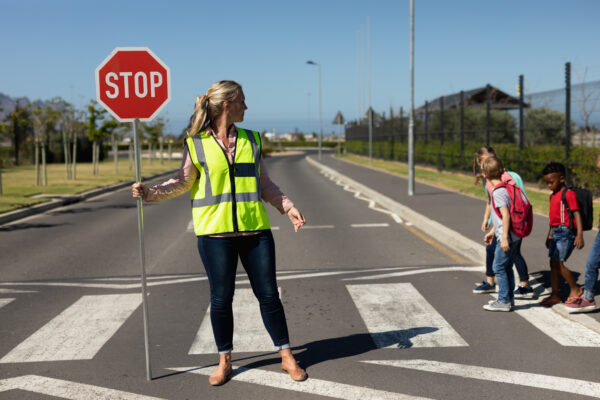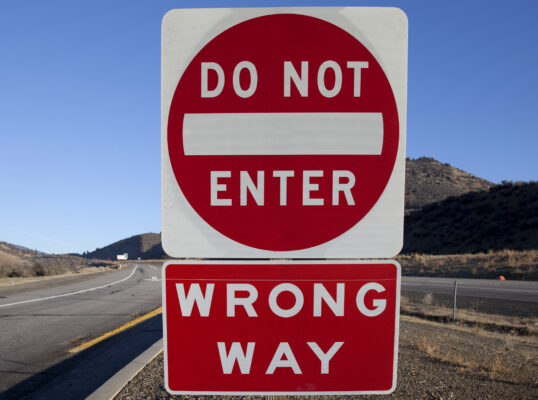Your Trusted Partner in Roadway Safety Solutions
Leading the Way in Advanced Traffic Safety Solutions
At GovComm, we’re committed to more than just providing road safety products. We believe in building partnerships that make roads safer, smarter, and more efficient.
Our company specializes in intelligent transportation systems with leading-edge, reliable solutions on roadway safety, improved flow of traffic, and go decisions.
Want to Learn More About GovComm's Road Safety Solutions?
Call us now for the best in road safety equipment, support, and dedication to excellence in the delivery of urban safety. Let’s make our roads and highways safer for everyone.
305-937-2000
Why You Need Us?
With us, you don’t just get technology you get a partner dedicated to innovation, precision, and excellence. We are focused on maintaining and surpassing the high standards of the Department of Transportation to ensure that our solutions meet the ever-changing demands of transportation needs today. From wrong-way detection to intersection management, our systems provide very precise data and insights, so GovComm is your gold standard for public safety and transportation authorities.
How Our Intelligent Transportation System Stands Out?
- Successful Track Record: Our solution is already trusted by transport agencies across the country based on reliability, precision, and long-term success.
- Industry Expertise: Our team is able to work closely with clients to come up with a solution that, apart from safety standards, is adopted to the specific challenges on the roadway.
- All-round Support: From planning and installation to support, we stands by your side to ensure that our systems continue to be in place and successful and effective.
Introducing Our Cutting-Edge Solutions
Empowering Roadway Safety
Wrong Way Vehicle Detection System
- Artificial Intelligence & Machine Learning Technologies
- AC & Solar Power Options
- Wired and Wireless Communication Options
LiDAR
- Field of View from 120° to 180°
- Point Cloud 3D Measurement
- From 760K to 1M Data Points per Second
- Scan Rate – 20 Times per Second
ITS Cameras
- Hi-Definition PTZ & Bullet Styles
- Infrared & Laser Illuminators
- AC, DC & PoE Power Options
- Extended Focal Lengths
How Our Services Ensure Safe Road Solutions?
Design engineers trust GovComm’s unwavering commitment to quality, functionality, and support. They know GovComm ITS equipment is the highest quality available in the market and that we’ll work with them to meet and in many cases exceed their expectations.
Wrong Way Vehicle Detection Systems
It sends instant alerts to our Wrong Way Detection System to prevent wrong-way accidents. The systems ensure safe highways and promote fast response by alerting in real-time.
Traffic Monitoring Statistics
We collect real-time traffic data that can be efficiently analyzed from our Traffic Monitoring Statistics with ITs Camera. Data-driven decisions in terms of traffic flow, congestion management, and improvement in the overall road safety can then be made by agencies.
Speed Enforcement
This road also detects and documents speed violations with very high precision while keeping roads safer, especially around sensitive areas like school zones and cities.
Intersection Management
GovComm's Intersection Management is designed to enhance the flow of traffic and reduce congestion at busy intersections by using intelligent signal control.
All our systems are engineered to integrate so that the accurate real-time information needed to improve safety and efficiency in traffic situations is readily available. Whether it is on high-speed highways or complex intersections, our technology provides safer driving and pedestrian environments a
Hear It From Others
Real Experiences Shared
Authentic insights from those who’ve partnered with us
My company is pleased with GovComm’s high level of customer service, fast delivery and overall professionalism…
Bruce Boyd, Director at Precision Contracting Services

GovComm ITS equipment has performed well for us. They deliver as promised and their customer service is superb


Our Commitment to provide Safety on Road!
Excellence is not just a goal for us, but rather deeply embedded in every solution we provide. We continue to push the boundaries of what’s possible with transportation technology through advanced R&D, quality control, and constant improvement. With leading-edge systems delivered time and again, we have established ourselves as a true leader in the intelligent transportation system industry.
How We Are Shaping Tomorrow's Roads?
Through pioneering advances in AI-driven detection, predictive analytics, and adaptive technology, we are shaping what is intelligent transportation. Integration into smart city initiatives for real-time traffic management and wrong way driver alert based on growth in urban safety developments.
Industry Leadership and Innovation
We believe in bringing innovation in traffic technology. We're leaders in our industry and are involved with and engage with thought leaders worldwide to set the course of what is possible for future advancements. In our continued R&D, we identify the trends that are evolving and bring them into a tangible form to make safety better for communities.
Sustainability Commitment to Safety
We're committed to making safety sustainable - not only to make solutions more friendly to the environment, but to also reduce harm. We believe that walk-with-technology goes hand-in-hand with responsible stewardship of our planet.
Partnering for Impact
GovComm partners hand-in-hand with municipalities, transportation agencies, and local authorities to extend the advice and expertise beyond installation into creating impactful, lasting change for safer roads for everyone.
Recent blog posts
GovComm Press Releases / Blogs
Partnering with GovComm is more than cutting-edge technology for roadway safety solutions
When you partner with GovComm, you're not just getting cutting-edge technology – you're getting a team of dedicated professionals who are committed to your success. Join us in making roadways safer, one project at a time!



